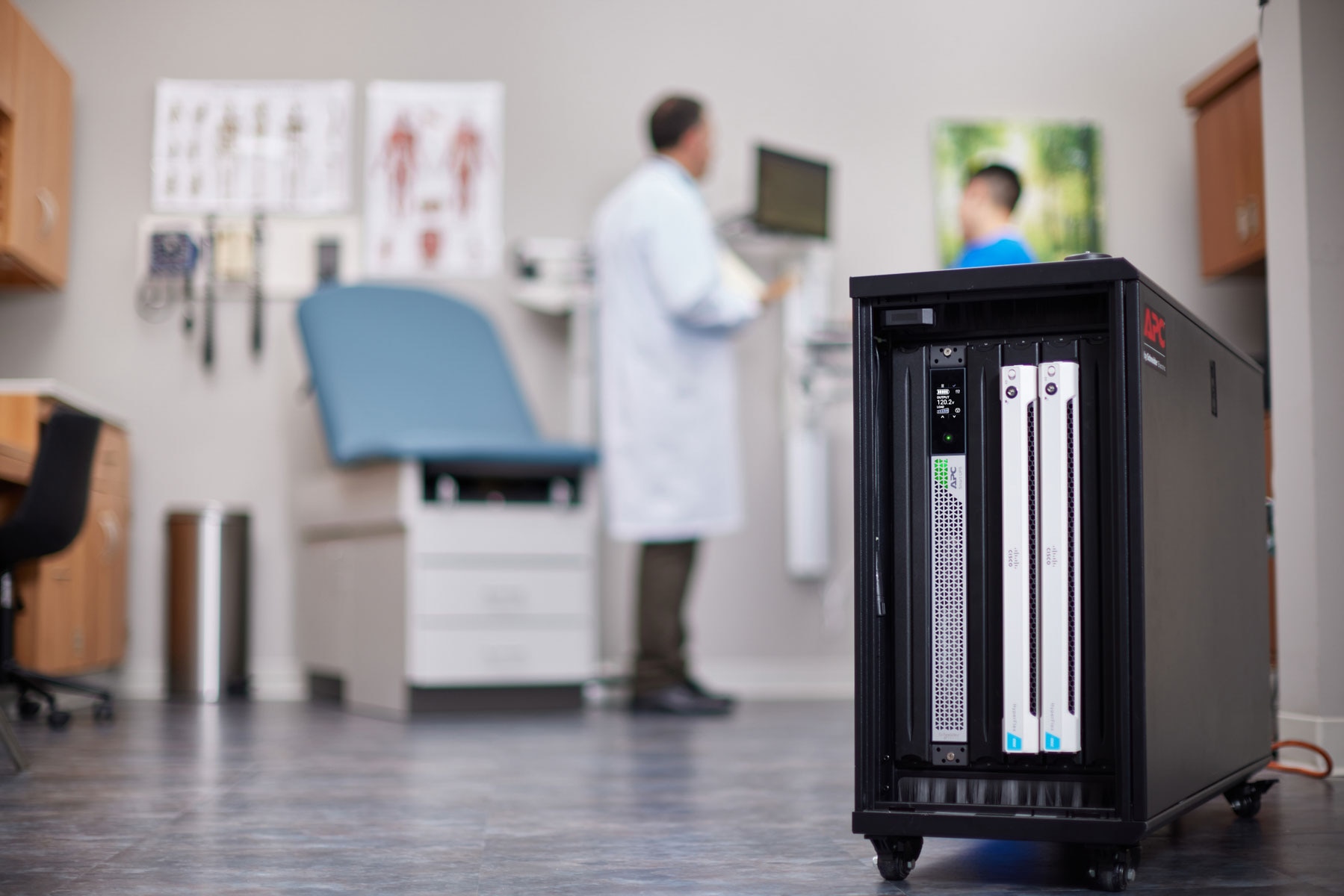February 10, 2023
How Edge Computing is Driving an Evolution in Healthcare
IoT devices in healthcare, like wearables, drive the need to distribute data efficiently and keep it closer to the user. Edge computing is helping providers address this challenge while opening the door to new opportunities for better patient care.

In today’s healthcare environment, technology significantly impacts how healthcare providers handle resources and manage medical centres. Addressing issues such as patient safety and comfort, shortages in qualified staff, ease of access to real-time data, physical security and cybersecurity and high availability of services is considered critical across hospitals and clinics.
On the technology side, the need to gather, consolidate, store and analyze data has rapidly increased. The proliferation of IoT devices in healthcare, like wearables and other mobile devices, generates data that drives the need to distribute data efficiently and keep it closer to the user. Fortunately, technology solutions such as edge computing are helping healthcare providers address these challenges while opening the door to new opportunities for better patient care.
How edge computing is enabling a new era of healthcare applications
Edge computing is enabling the digitalization of hospital operations. Local edge computing systems can store and manage the information generated from many connected devices such as sensors, security cameras, medical equipment modalities and intelligent room environmental controllers. This approach improves electronic medical records (EMR), advanced telemedicine, medication management, digital patient monitoring and X-ray imaging, to name a few.
Deploying edge computing solutions in these environments benefits healthcare organizations in two important ways:
- First, they place compute power and analysis closer to where source data is generated instead of in the cloud. Information access is more reliable and less expensive because data transmission costs to and from the cloud are minimized.
- Second, by avoiding data latency issues, real-time decision-making is now possible.
The low latency of local edge computing systems also helps healthcare providers improve services at their growing number of outpatient facilities to cope with the popularity of “virtual” telemedicine and host the digital access control systems that help bolster security. Local edge computing and storage are now located near a hospital bed and near banks of smart medical devices where real-time decisions are made.
We will also see a proliferation in the number of IoT devices across healthcare estates as owners seek new ways to drive down operating costs and drive asset efficiency. The benefits are enormous, but so too will be the amount of data generated and processed. Edge computing is one of the most affordable options to power hospital estates of the future.
Tackling physical and cybersecurity concerns
Physical security of IT edge systems is another area healthcare providers need to address. When edge IT equipment is placed in a shared space like a hospital nursing station, protection is compromised compared to placement in a dedicated secure room. People can access and touch the IT equipment, leading to malicious or accidental downtime. It is crucial to lock the IT enclosure housing the equipment and limit access. Equipment should be placed in an inconspicuous location with security camera coverage, even in the case of locked enclosures.
Cyberattacks are also a concern, particularly when they can paralyze large segments of hospital operations. A distributed edge computing approach helps minimize these risks by making it much easier for IT systems administrators to compartmentalize the edge systems through firewalls. As a result, if a cyberattack were to occur, the damage would be minimized to only a small portion of the subsystems versus all systems.
Help for deploying edge computing
For many healthcare institutions, the task of managing what could be hundreds of these edge systems across their networks can seem daunting. Fortunately, recent technological breakthroughs enable remote management of such systems without requiring onsite IT staff. Companies like Schneider Electric are addressing how to simplify and improve edge computing management with solutions like micro data centres, remote monitoring software and a network of managed service providers. CDW can provide the configuration, monitoring, performance management, energy management and maintenance support needed to deploy edge systems successfully.
